Growing tomatoes is an easy way to get started with gardening if you don’t have a lot of experience.
However, you might be wondering how you can maximize your yield when it comes to growing this delicious vegetable (or is it a fruit? The jury is still out!). If you’re growing tomatoes vertically, which is what happens when you stake up the fruits, you are going to waste some space.
Jump to:
Luckily, there are several types of plants you can grow underneath your tomatoes to make the most of the space. This is a process known as intercropping.
Intercropping is an easy way to increase your tomato yield. Here are some of the best ways to do it - and protect your soil - for long term success.
What is Intercropping?
You may enjoy looking at a nice, orderly garden in which each crop has a specific section of the garden dedicated solely to it and it alone.
However, there are several problems in doing this. Not only can it result in some wasted space, as not all plants have the same growth habits (some grow upwards while others grow outwards), but it can increase your likelihood of pests and diseases.
For example, certain pests only target a single type of plant. The tomato hornworm is one example. This pest only goes after tomatoes, so planting a ton of tomato plants together can be problematic.
Another issue is that growing only one type of plant in an area leaves much of your soil open to problems.
Not only can bare soil be eroded and washed away - leading to a loss of fertility - but it can also allow the wind to blow away topsoil, too. This kind of erosion both reduces microbial activity in the soil - necessary for good soil health - but opens the bare soil up to weed seeds, too.
Intercropping, also known as companion planting, is the solution to this issue. It essentially requires you to plant multiple types of crops together. It can help protect the soil and also reduce soil evaporation, so your plants will have access to more water.
The soil will stay covered to protect diversity, prevent weed seeds from germination, and preserve soil quality, too.
You can find more information on intercropping as it relates specifically to tomatoes in this video.
All in all, intercropping will make your job as a gardener about ten times easier. That said, there are some plants that shouldn’t be intercropped with tomatoes.
Tomatoes are heavy feeders, so you don’t want to plant them with other heavy feeders, like spinach (lettuce is a better alternative since it doesn’t take up much space or nutrients).
12 Plants to Grow Under Tomato Plants
1. Herbs
Growing herbs with your tomatoes is a smart choice. Many herbs not only require minimal space to grow (both in terms of height and root coverage) but they also are easy to care for. They won’t take a ton of nutrients from your soil and they won’t compete with your tomatoes for water, sunlight, or airflow, either.
Some of the best herbs to grow with your tomatoes include:
- Mint
- Parsley
- Sage
- Lemon balm
- Chives
- Basil
- Dill (harvest early so its tall, bushy growth doesn’t interfere with your tomatoes)
Many of these, like basil, can help to repel disease and insects, too. Some gardeners report that basil improves the growth and flavor of your tomatoes, too.
2. Groundcovers
Just about any groundcover plant can be grown with tomatoes. Many of these are also herbs, like marjoram and oregano, but you can grow any plant that grows low to the ground with tomatoes. They won’t take up much space or compete for nutrients.
3. Lettuce
Grow leaf lettuce and other leafy greens (with the exception of spinach, a heavy feeder) beneath your tomatoes. Not only will the lettuce act as a living mulch to keep the soil cooler, but it can reduce the spread of disease in the garden, too.
Plus, lettuce likes to be kept cool, so growing it in the shadow of your tomatoes is a good way to extend the amount of time before it goes to seed, too.
4. Beans
Many people don’t think of growing beans next to or underneath their tomato plants, but it’s actually a smart choice.
Beans are not heavy nitrogen feeders, and instead, add nitrogen back to the soil. Tomatoes, on the other hand, consume heavy amounts of nitrogen.
Growing these two plants together is a smart choice that will maximize the space you have a labile. Choose bush beans instead of pole beans for the best results.
5. Radishes
Radishes love the shade, so growing radishes under tomatoes is a smart choice. Your radishes will stay cool, which can prevent them from bolting.
6. Root Vegetables
Most root vegetables grow well in the shadow of tomatoes, too. Some good options include parsnips, carrots, beets, and rutabagas.
All of these crops grow best when they are exposed to soil that is high in phosphorus but not quite as high in nitrogen. When these root vegetables are provided with too much nitrogen, they produce bushy tops at the expense of their roots.
As a result, you’ll be left with small, inedible tubers.
Growing these crops beneath your tomatoes is a great way to ensure that they don’t receive too much nitrogen - but your tomatoes will love the nitrogen instead!
7. Flowers
Flowers not only increase pollination from beneficial insects but also reduce the likelihood of pests being drawn to your tomatoes, too.
Marigolds can reduce the likelihood of soil-based nematodes as well as pests that target tomatoes like hornworms and
The viola is another good choice. Violas don’t need a lot of sun and can be planted right inside the bed. Lavender, technically an herb, is a great choice, too. It forms a low-to-the-ground cover and doesn’t need a lot of nutrients or sunlight in order to be productive
One flower that many people don’t think of growing with tomatoes is the rose. Although roses can compete with tomatoes for space if both plants aren’t pruned properly, tomatoes can actually help roses in that they can protect them from a disease named black spot.
8. Onions
Onions are great to grow beneath tomatoes because they don’t take up a lot of space and produce minimal foliage. They won’t restrict airflow and they also don’t absorb too many of the nutrients in the soil that your tomatoes need.
9. Garlic
Like onions, garlic also takes up minimal space and won’t compete much for nutrients. It can control late blight and also helps to repel red spider mites. Another benefit of growing garlic near tomatoes?
You’ll have everything you need growing together to make a homemade spaghetti sauce!
10. Amaranth
Amaranth is a grain crop that grows surprisingly well next to tomatoes. It can help repel insects and won’t compete for space or water.
11. Borage
Borage grows in a fashion similar to lettuce, so you can plant it beneath your tomato plants without having to worry about it competing for space or nutrients.
It can supposedly protect your plants from tomato hornworms, too. You can harvest the leaves young and enjoy them in salads.
12. Asparagus
Asparagus is another crop you can grow under your tomatoes, but you’ll have to be a bit careful about how you do it. Asparagus is a perennial, which means it will come back year after year.
You will just need to be mindful of where your plants are growing when you plant your tomato seedlings in the spring - that way, you won’t disturb the developing shoots.
Harvest the asparagus shoots young so they don’t interfere with the foliage of your tomatoes. Then, you can reap the many benefits of both.
Asparagus helps clear the soil of nematodes, which tend to be drawn to tomatoes, while tomatoes will help asparagus in return by getting rid of asparagus beetles. It’s a win-win for everyone!
How to Choose the Right Plants to Grow With Your Tomatoes
First, consider the amount of sunlight that reaches the soil around your tomato plants. Tomato plants can grow quite dense, so you may want to plant shade-loving plants close to the tomatoes and sun-loving plants further away.
Herbs grow particularly well close to tomatoes since they don’t require a lot of sunlight or nutrients, in most cases.
The kind of tomatoes may also influence the best plant to grow with your crop, too. Some tomato cultivars grow bushy and close to the ground, while others are tall and spindly. In most cases, you’re going to want to choose plants with sparse foliage, like carrots, instead of those that grow tall and bushy, like broccoli.
However, if you’re growing bushier types of tomatoes, then you’ll want to pick ground cover crops that stay low to the ground and don’t produce much tall foliage at all (herbs usually work well).
Remember to prune your tomatoes if you practice intercropping since you’ll still want to provide plenty of good airflows. Fertilizing, mulching, and weeding is also essential, as it is in any corner of your garden.
Growing a garden doesn’t have to be time-consuming. Work smarter, not harder - and consider growing these 12 plants under your tomatoes to increase your yield, protect your soil, and reduce your labors all at once.

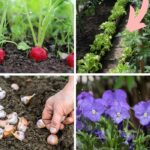
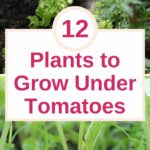

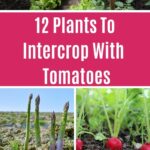
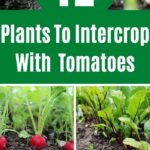


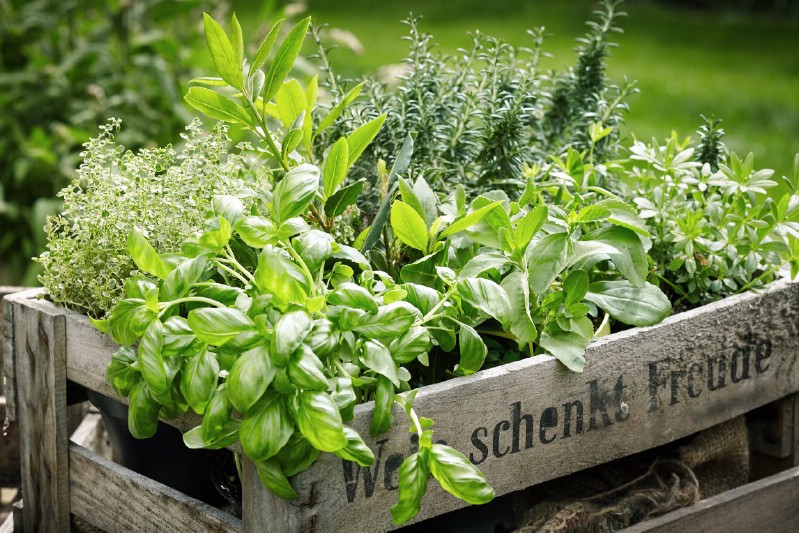
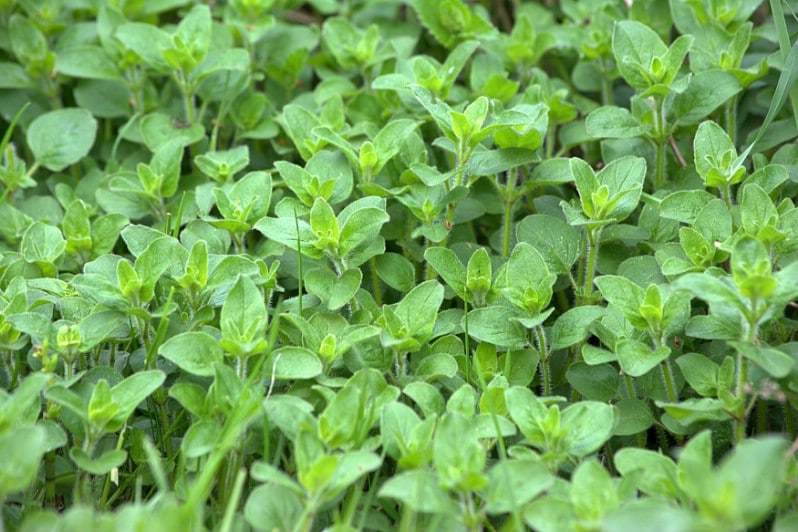
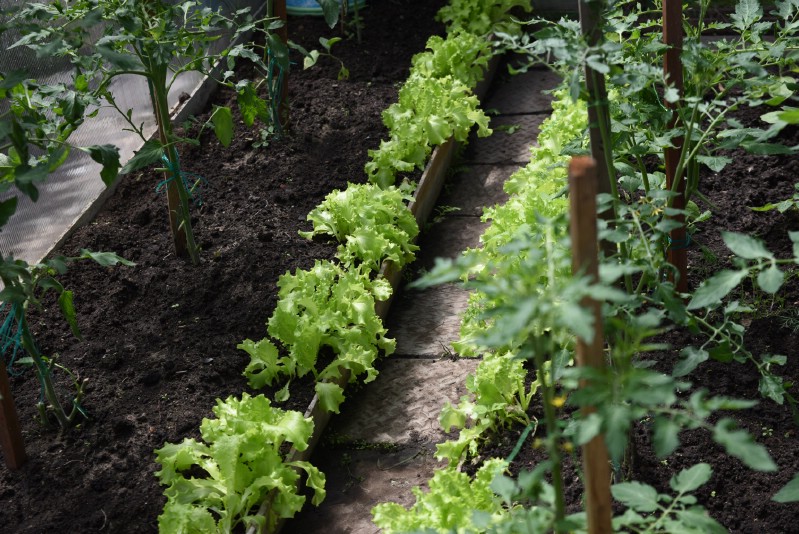
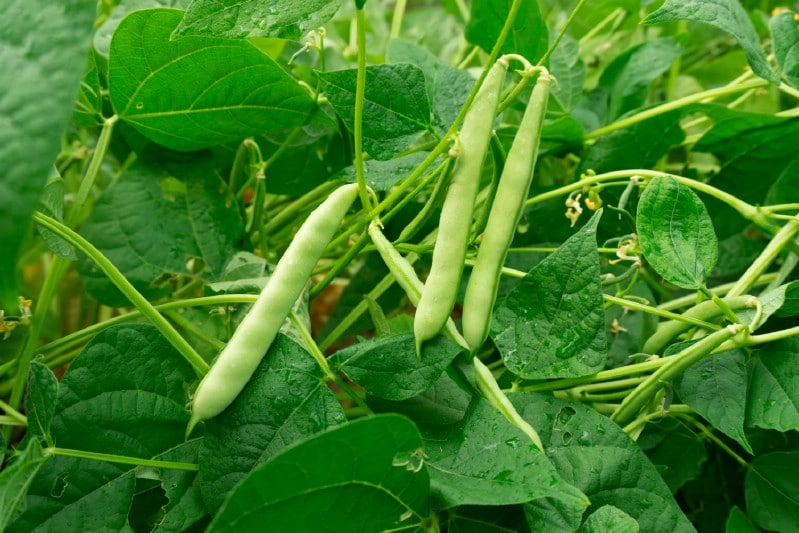
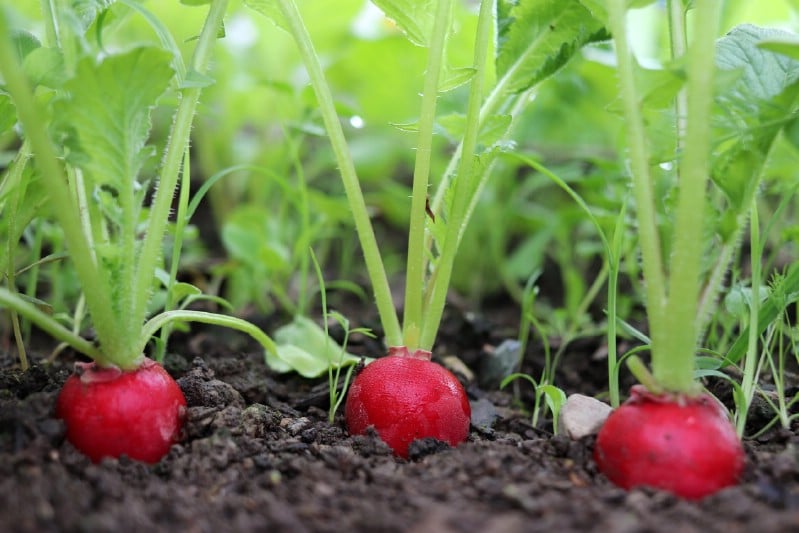
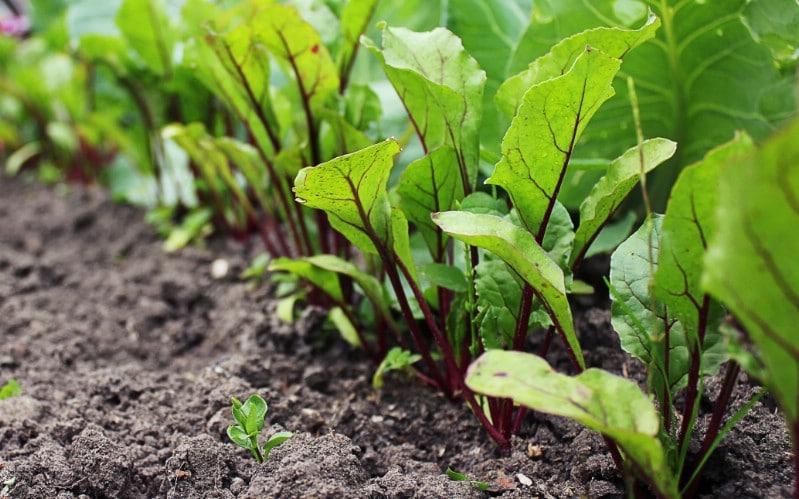
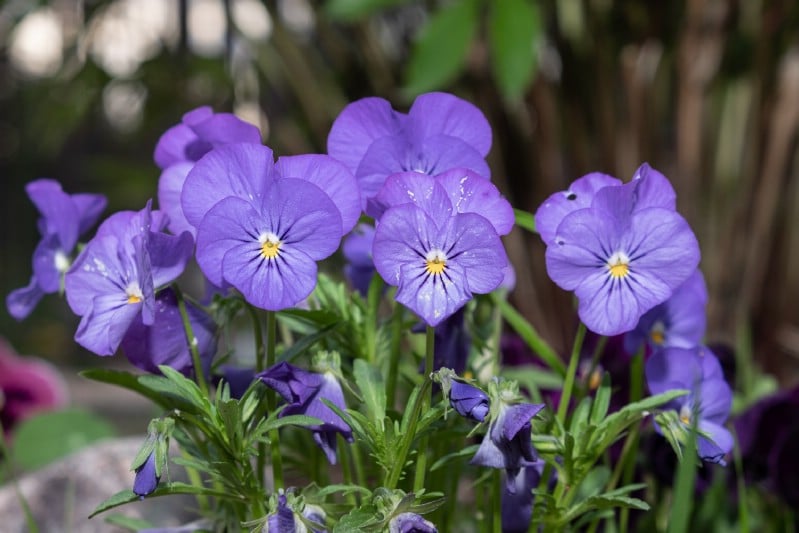
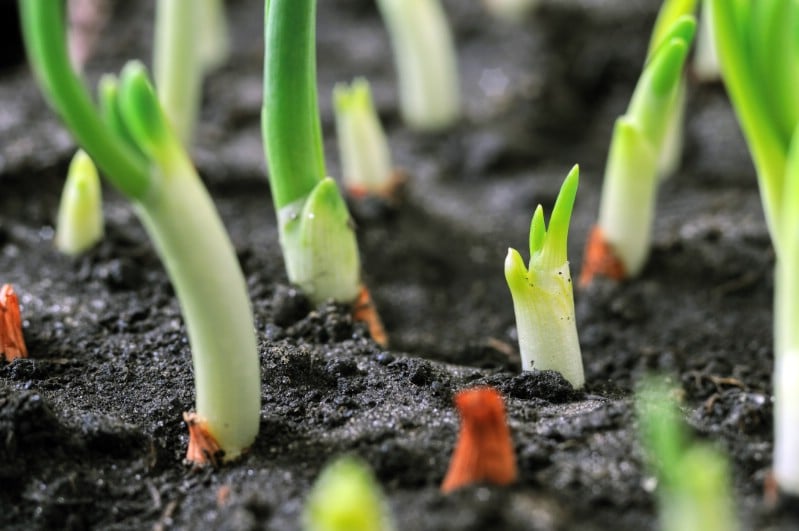
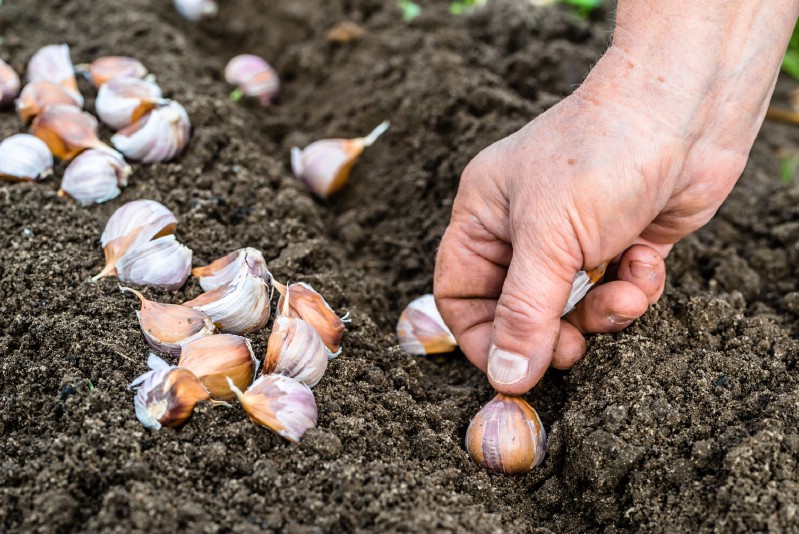
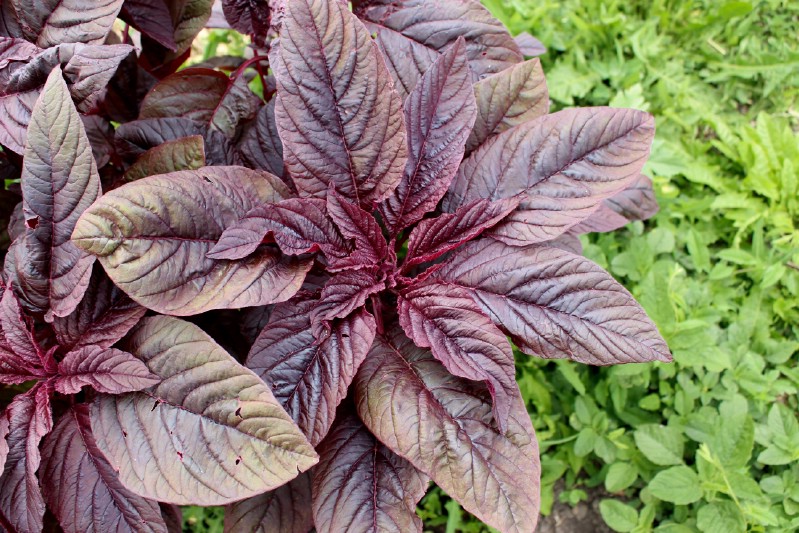
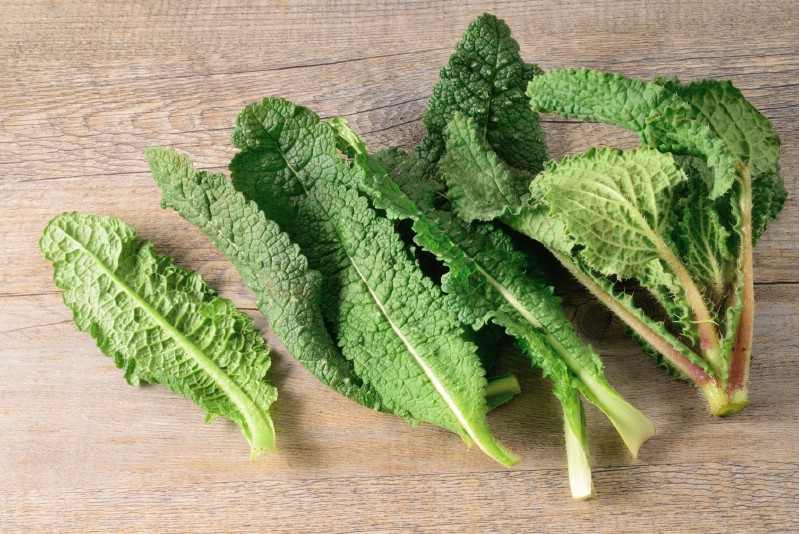
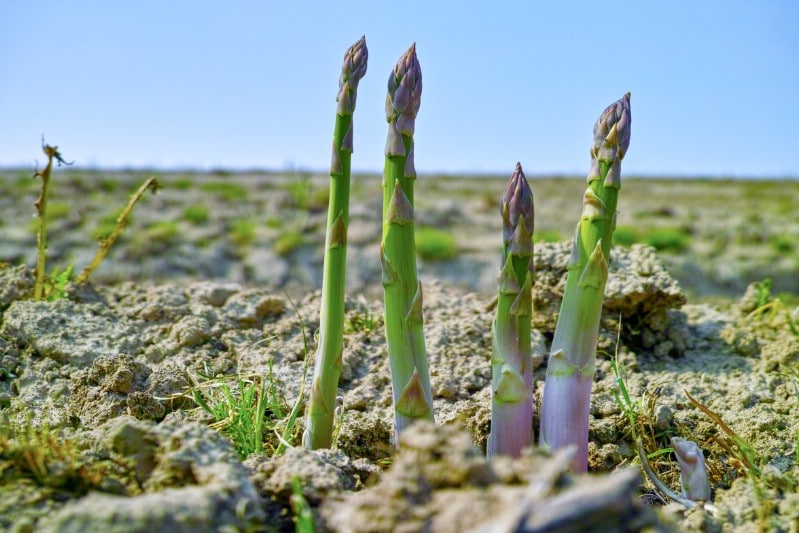


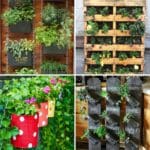

Barbara Heiman
I grow tomatoes for the Valley of the Moon Garden Club in Sonoma. BEANS are horrible to plant with tomatoes. They take over and harm the tomatoes. (Many years of experimentation). Our most important companion plants are zinnias. Cut way down on problems such as tomato horn worms, and they are pretty together. We also companion plant with basil and allium.
Anonymous
Thank you
Tom
Good video.
Teresa
I had never thought about using the space beneath my tomatoes for other things…I like the idea of putting my herbs together with my tomatoes and probably will try it this season
Cori
Hence why they suggested interplanting with bush beans, which WON'T take over.
Thanks for the top on using zinnias - I'll try those as well.
Happy gardening!!!
Susan
The last time I grew tomatoes I planted carrots and basil with the plants and once the basil started to grow I had no stink bugs eating my tomato plants. I found out my mistake. Next time I am going to plant the basil near my squash and see it will work there as well.
Judith
Very informative. I also will try it. Thank you very much.
eileen g
great content I have to plant on my screened in porch so all space is limited
Melinda
I have found that planting sage and dill plants near the tomatoes and squash and cucumbers keeps the pests away. Plus the sage comes back every year. Also these can be planted near your cabbages too.
Anonymous
Lol! Never plant mint near anything else unless you want a never ending supply of mint! Mint is invasive, comes back year after year, and will take over your garden.
Laura Brown
I plant mint in pots and put them throughout the garden
Helen Maddox
Me too Laura. I learned the hard way that mint is very invasive so now I have my mint in pots only.
Nikki
Amen! True facts.
Angela
Agreed! Mint is impossible to get rid of. I moved into a home where mint had taken over a section of the fence line. At first I thought…. How nice….. then it was everywhere! If you plant it put it in a container away from your garden or you will be sorry in a few years.
Robyn
Has anyone tried doing this with tomatoes grown in a bucket?
Bella Mater
I've done basil and borage in containers with tomatoes... I'm pretty certain that basil lends extra flavour to toms, but that could be psychosomatic...
Anonymous
This is true!! Tomatoes do taste better. Many of my friends have done so after i suggested they try.
Lorry Norton
Lemon balm grows just like mint, so it would need to be in a pot, too. I have five pots of mint from one plant I had that broke its pot because it was so big. I'm going to be planting a lot of basil among my tomatoes. I already have borage coming up from last year.
Erin
I planted basil and garlic in my “buckets” which were the used cattle salt lick tubs-followed Gardening with Leon on YouTube for the tub set up
Judy M
Some great ideas for me! increasing the size of my raised bed garden this year and was looking for this info. 3 new beds 10 ft long, 4 wide and 2 tall. Still working out what to plant where!
Ed N
I have 3' x 10' which I find small. I also have 4' x10' which I find to large for reach purposes. When I change things around I think I'm going for a 42" x 10' bed.
Lorry Norton
Lemon balm grows just like mint, so it would need to be in a pot, too. I have five pots of mint from one plant I had that broke its pot because it was so big. I'm going to be planting a lot of basil among my tomatoes. I already have borage coming up from last year.
Terri
Bet way to plant vine crops, cucumbers, pole beans.
Kit
Love this info thank you so much. I just planted my garlic and onions under my tomatoe plant's
As for herbs l like to bring them in in the winter time